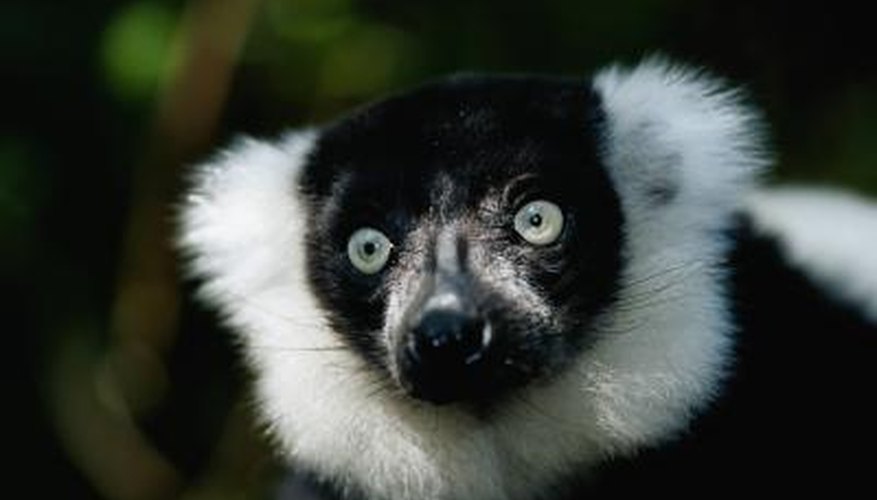Animals hibernate to conserve food mostly during winter months when food supplies are limited. Hibernation is often linked to animals living in a temperate climate such as bats and squirrels. The understanding of hibernation in the tropical rainforest is limited. Yet, some animals in tropical rainforests hibernate as a way to cope with seasonal shortages of food rather than escape from the heat.
Hibernation and Estivation
During the summer moths some animals in tropical rainforests hibernate or aestivate by digging a hole in the soil. Animals such as amphibians, reptiles, snails and insects aestivate to escape the heat. The terms hibernation and aestivation refer to a reduction in the metabolism due to a scarcity of food resources. Aestivation and hibernation are similar processes.
- During the summer moths some animals in tropical rainforests hibernate or aestivate by digging a hole in the soil.
- The terms hibernation and aestivation refer to a reduction in the metabolism due to a scarcity of food resources.
Frogs
Frogs reduce their metabolism when food is scarce and they can lose half their body moisture and still survive. Sometimes frogs will shed a layer of skin. They wrap the skin around themselves for protection against the heat. Some Australian frogs can store water in ways that are similar to the storage of fat by hibernating animals in a temperate climate, for example, bears.
- Frogs reduce their metabolism when food is scarce and they can lose half their body moisture and still survive.
- They wrap the skin around themselves for protection against the heat.
Crocodiles
Crocodiles and alligators sometimes sleep through the warm season without eating. They rest in the mud and they can stay in this state for up to a year. During there hibernation or aestivation they live off their stored fat.
Primates
Lemurs are primates that live in tropical rainforests and some species hibernate for around seven months per year. The fat-tailed dwarf Lemur (Cheirogaleus medius) eats fruits, flowers and insects during the rainy season and the body weight increases by 40 per cent. Fat is stored in their tails which swell considerably. After the rainy season, the lemur hides in holes in tree trunks.The lemur's body temperature is similar to the conditions in the trunk and this suggests that they regulate their body by external conditions. Thus, the lemurs regulate their body temperature in much the same way as reptiles.
- Lemurs are primates that live in tropical rainforests and some species hibernate for around seven months per year.
- After the rainy season, the lemur hides in holes in tree trunks.
